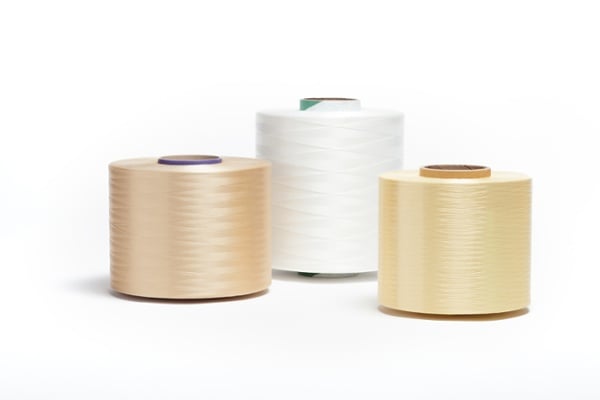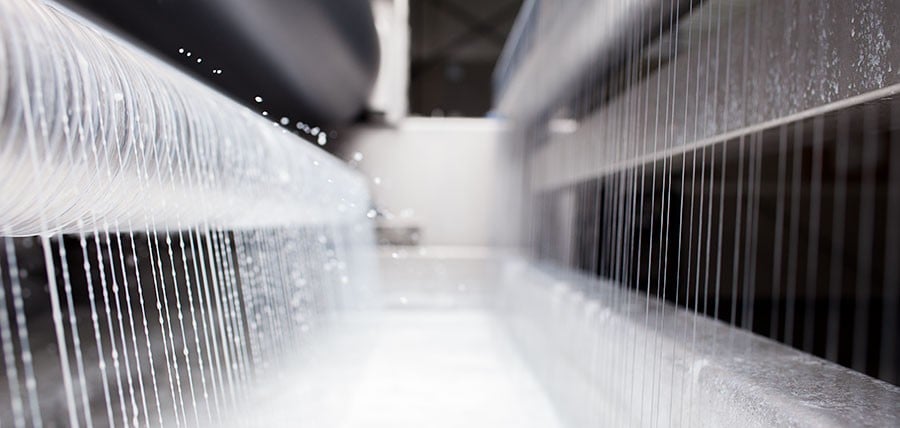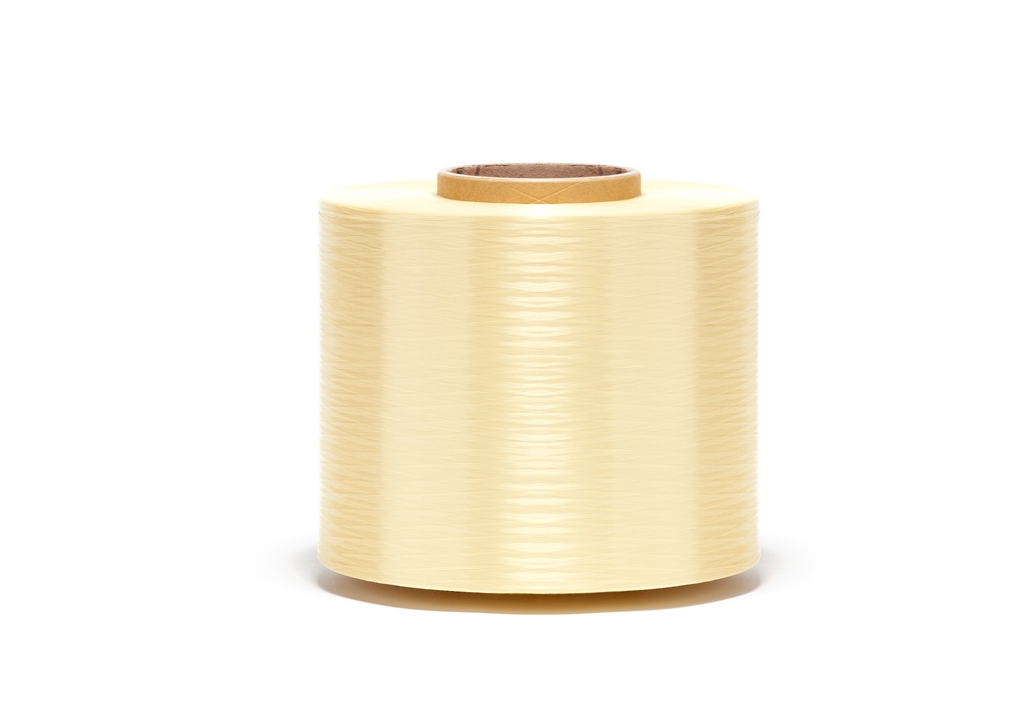When you are searching for a fiber or yarn for specific application requirements, there are many options to choose from. Meta-aramid and para-aramid yarns and threads are two popular choices for heat resistance and superior tensile strength.
Read more- By Eric Shippee
- 04/03/18
- 0 Comments
The critical reason for a wire and cable manufacturer to use a water blocking treatment in their product is to prevent access and dissipation of water and moisture throughout the cable. When deciding on which treatment to use (i.e. gel, yarn, or powder based) in your cable, it’s important to consider the advantages and disadvantages of each application method.
- By Eric Shippee
- 09/07/17
- 0 Comments
When yarn used in a wire and cable application prevents access of water and moisture to the critical elements - it is considered to be waterblocking. This feature is also known as water swellable or water absorbent. There are also various treatments that can be applied to a yarn to enhance its waterblocking characteristics. The most important function is that the yarn absorbs or blocks water in a way that stops water from causing damage to your product.
Read more- By Eric Shippee
- 11/18/16
- 0 Comments
The critical reason for using waterblocking fiber in wire and cable manufacturing is to prevent access and dissipation of water and moisture throughout the cable. In fact, water is the most likely cause of premature failure for cable and electrical equipment. There are two common ways water and moisture finds its way into a cable:
Read moreWhen you are searching for a fiber or yarn for specific application requirements, there are many options to choose from. Meta-aramid and para-aramid yarns and threads are two popular choices for heat resistance and superior tensile strength.
Read moreOlder Posts
Advantages And Disadvantages Of Various Water Blocking Treatments
- By Eric Shippee
- 04/03/18
- 0 Comments
The critical reason for a wire and cable manufacturer to use a water blocking treatment in their product is to prevent access and dissipation of water and moisture throughout the cable. When deciding on which treatment to use (i.e. gel, yarn, or powder based) in your cable, it’s important to consider the advantages and disadvantages of each application method.
When yarn used in a wire and cable application prevents access of water and moisture to the critical elements - it is considered to be waterblocking. This feature is also known as water swellable or water absorbent. There are also various treatments that can be applied to a yarn to enhance its waterblocking characteristics. The most important function is that the yarn absorbs or blocks water in a way that stops water from causing damage to your product.
Read moreThe critical reason for using waterblocking fiber in wire and cable manufacturing is to prevent access and dissipation of water and moisture throughout the cable. In fact, water is the most likely cause of premature failure for cable and electrical equipment. There are two common ways water and moisture finds its way into a cable:
Read more




